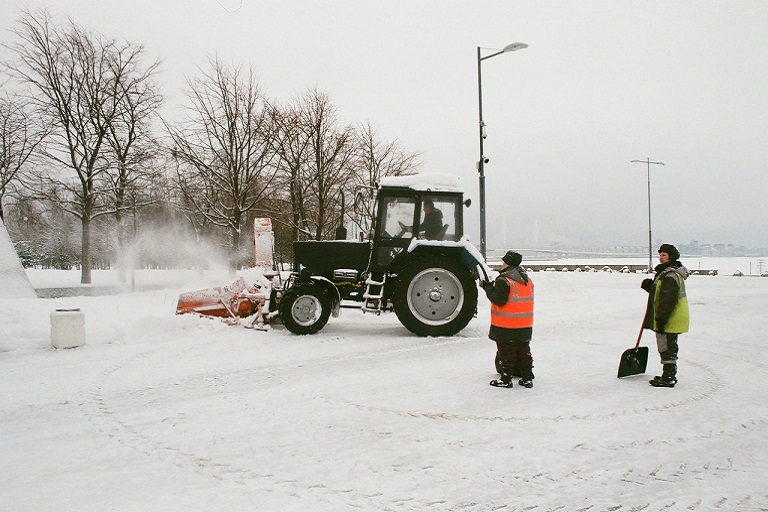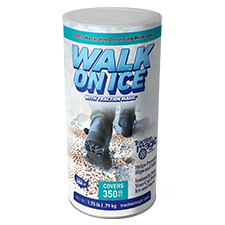Determine Sound Vs. Unsound Concrete – Scaling, Spalling

Scaling is a condition of the concrete surface that results in chipping, cracking, disintegration and flaking. The condition happens due to the presence of salt (calcium and magnesium chloride ice melt) on the concrete surface. Water migration is another result of scaling.
In this article, we will learn about scaling, its causes, and ways to prevent it.
Biggest Cause
The concrete surface is exposed to chlorides, de-icing salts, and sulfates that cause scaling. Long exposure to rain or water also results in scaling. Scaling leads to disintegration or weakening of the concrete structure
Salt is usually present in concrete due to the presence of de-icing salts and magnesium chloride ice melt. As the water evaporates from the wet surface, the dissolved salts leave behind concentration gradients that cause water to move into the remaining pores. This results in an increase in pore pressure, which causes cracking or scaling.
The higher the amount of chloride present, the greater will be its effect on scaling and spalling problems.

Scaling vs Spalling
Scaling causes cracks on a dry surface (when exposed to the sun), while spalling happens when there are cracks and then more pressure is applied on it by traffic etc., causing small pieces to break off from the top layer.
Water Migration Is Another Result Of Scaling.
Water migration is another result of scaling. Water migration is the process of water moving from one place to another. It can occur when there are cracks in a concrete structure or when the surface of a concrete structure becomes rough due to scaling. Water migration can be dangerous for the integrity of buildings that use reinforced concrete because it causes corrosion in steel reinforcements, leading to structural failure and eventual collapse.
The concrete surface is exposed to chlorine and magnesium chloride ice melt and salt that causes scaling.
There are three causes of scaling on concrete surfaces: chlorides, de-icing salts for the driveway, and sulfates. Chlorides are present on the surface of concrete due to three different processes:
- The curing process. When you pour a fresh slab of concrete, it’s saturated with water which is then drained off over time. As this happens, chloride ions (from calcium chloride or other sources) that were dissolved in the water come out of the solution and end up sticking to the surface of your new concrete – these become part of your hardened finish.
- Long exposure to rainwater/deicing salt solution during construction – this can happen if your builder doesn’t properly waterproof their work areas during construction (which is pretty rare).
- Water migration into cracks within a slab over time – this occurs when pressure from above pushes down on those spaces below (like when someone walks across them).
100% salt & chloride-free, fast acting Ice Management Solution
Conclusion
Scaling is a critical condition of the concrete, which can lead to failure in the reinforced concrete structure. It grows in size with time and thus needs to be controlled as early as possible. Concrete scaling can be avoided by using a safe, chemical-free ice melt.
Try Also Our Other Winter Safety Products:
Safe Paw
The Original and #1 Selling Pet and Child Safe Ice Melt for over 20 years. Guaranteed environmentally safe –It won’t harm animals or children, and it won’t damage your property. That’s Safe Paw. Safe Paw can change how winter affects our planet.

Walk On Ice
The handy disposable canister can be taken everywhere, with the same 100% naturally occurring minerals that provide instant traction on ice or snow. Use it on sidewalks, steps, or as an instant traction agent for your car.


